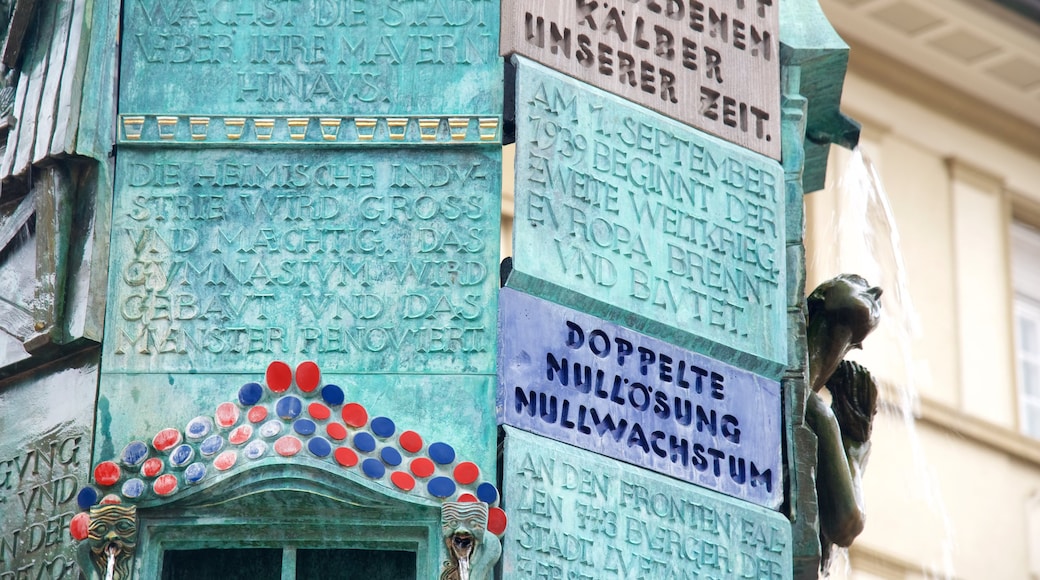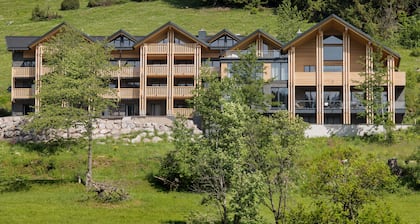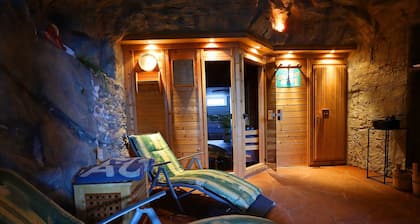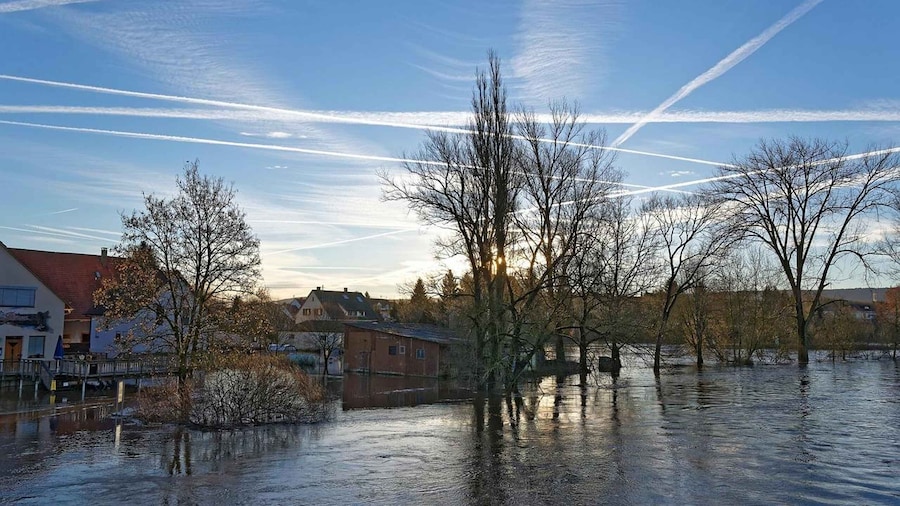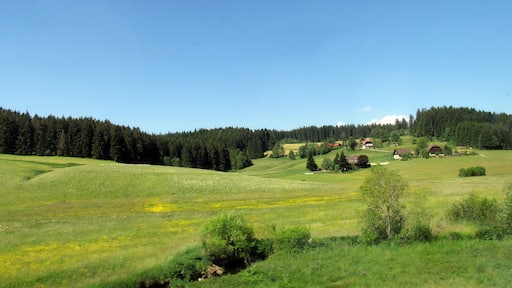The city of Villingen-Schwenningen is a town that often feels split in two. Not only is it a combination of two neighboring towns, but it is also a place where history and modernity collide. Spend your days here walking around historic streets, visiting museums and browsing stylish shops and cafés.
Until 1972, Villingen and Schwenningen were separate towns. Villingen, in the Grand Duchy of Baden, was established as a town in the Middle Ages, whereas Schwenningen, in Württemberg, grew in the 19th century.
Stroll through the cobbled streets of Villingen’s Old Town for a walking tour of the city’s main historical sights. Walk around the base of the Minster of Our Lady, a 12th-century church. Gaze up at the Wanne Observation Tower and wander through the leafy Spitalgarten.
Learn about various facets of the city’s past in its museums. The Franciscan Museum is located in an old monastery and provides an overview of Villingen’s colorful past. The Museum of Clockmaking charts the history of the Black Forest’s most famous industry.
Browse the boutiques of Schwenningen’s pedestrianized shopping streets to experience the sleek, modern side of the city. Two shopping centers tempt visitors to spend hours perusing the latest fashions. Relax afterward in the Städtische Galerie, which combines work by famous artists such as Picasso with new talent from Germany and the local area.
Join locals in winter for the Villingen Carnival, also known as the Fool’s Carnival, when people don masks and dance through the streets of the city.
Villingen-Schwenningen is in Central Black Forest and can be reached via its central train station. Rail services run to Freiburg, Stuttgart and other major cities in southern Germany. Once you are here, rent an electric bike from the tourist information center so you can see all of the sights available to you in the lively city.




